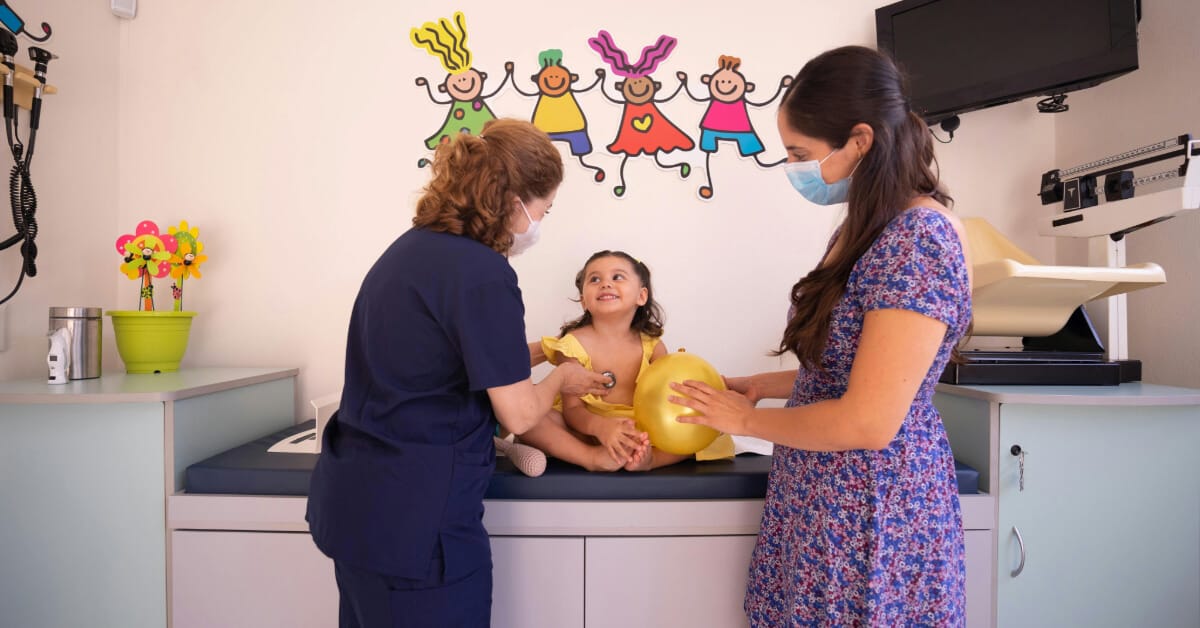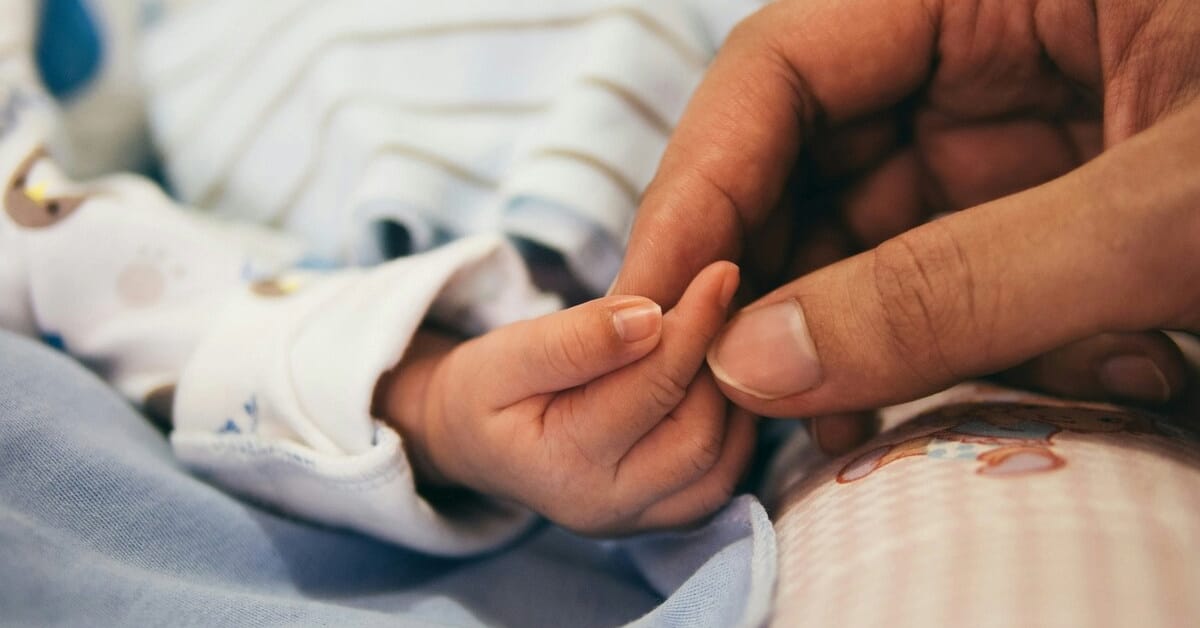So, what is a pediatric nurse? This role involves providing specialized, compassionate, and family-centered care for patients ranging from infancy through adolescence. It’s a field that requires a unique set of skills because pediatric nursing is fundamentally different from adult nursing in several key ways:
- Family-Centered Care: A pediatric nurse cares for the whole family, not just the child. This involves educating and supporting anxious parents, managing family dynamics, and involving them as partners in the child’s care.
- Communication: This is a major part of the job. A pediatric nurse must be able to communicate effectively with a non-verbal infant, an uncooperative toddler, a curious school-aged child, a self-conscious adolescent, and their worried parents—all in the same shift.
- Physiology and Dosing: Children are not “little adults.” Their physiology is different, diseases can present in unique ways, and their vital signs vary dramatically by age. Medication dosing is extremely precise, often based on weight, and requires meticulous calculation to prevent errors.
The Society of Pediatric Nurses (SPN) is an excellent resource for learning more about this dynamic specialty. Does this sound like something you want to specialize in? Then follow the steps below:
Step 1: Become a Registered Nurse (RN)
This is the non-negotiable first step on the journey. Before you can specialize, you must become a Registered Nurse (RN). This involves two main parts:
- Earn a Nursing Degree: You have two primary options: an Associate Degree in Nursing (ADN), which typically takes two years, or a Bachelor of Science in Nursing (BSN), which takes four years. While both paths lead to the same license, a BSN is highly recommended. Many major children’s hospitals and Magnet-recognized facilities now require or strongly prefer a BSN for their nurses.
- Pass the NCLEX-RN: After graduation, all nursing candidates must pass the National Council Licensure Examination (NCLEX-RN) to prove they are ready for safe, entry-level practice.
Step 2: Gain Specialized Pediatric Nursing Knowledge
A general nursing program provides only a brief overview of pediatrics—often just one clinical rotation. This is rarely enough to feel confident or be competitive for a sought-after pediatric job.
This is the “problem” that a specialized course solves. By gaining this knowledge early, an aspiring nurse can stand out as a new graduate or build a strong foundation for their career. Many find that taking a specialized pediatric nursing course is the best way to bridge this gap. Lecturio’s accredited ECTS course, for example, provides this deep, specialized knowledge, covering everything from developmental milestones to common pediatric diseases and family-centered care.
Step 3: Get Hired in a Pediatric Setting
With an RN license and specialized knowledge, the next step is to get that first pediatric job. This is where you will build critical hands-on experience.
- Nurse Residency Programs: This is the #1 best path for new graduates. Major children’s hospitals run these paid, 6- to 12-month programs. They are designed to transition new RNs into the specialty with dedicated preceptors and classes.
- The “Transfer” Path: It’s very common to start in an adult med-surg unit for 1-2 years. This builds core nursing skills like time management and prioritization. With that experience, it’s often easier to transfer internally to a pediatric floor.
- Other Settings: Don’t overlook other opportunities. Experience can also be built in outpatient pediatric clinics, pediatric home health, or as a school nurse.
Step 4: Earn Your Pediatric Nurse Certification
After gaining clinical experience, the next step is to become a certified pediatric nurse. This is a major career milestone. While a license (RN) shows you are safe to practice, a pediatric nurse certification proves you are an expert in your specialty.
A pediatric nursing certification validates your knowledge, builds confidence, and demonstrates a commitment to the profession. It is often required for advanced roles or positions on the clinical ladder and frequently comes with a pay raise.
The Certified Pediatric Nurse (CPN) exam
The primary certification for bedside pediatric nurses is the Certified Pediatric Nurse (CPN). The Pediatric Nursing Certification Board (PNCB) administers this exam. To be eligible, a nurse typically needs an active, unrestricted RN license and a minimum of 1,800 hours of pediatric clinical experience within the past 24 months.
How to prepare for your certification
The CPN exam is challenging and covers a wide range of topics. Whether you are a new nurse building foundational knowledge or an experienced RN preparing for the CPN exam, a comprehensive review course is essential. The content in an accredited pediatric nursing course directly aligns with the knowledge required to pass your certification exam.
Step 5: Consider Advanced Practice (Optional)
For ambitious nurses who want to take their career to the next level, pediatric nursing offers many paths. After gaining experience as an RN, many choose to go back to school to become an advanced practice registered nurse (APRN).
This involves earning a Master of Science in Nursing (MSN) or a Doctor of Nursing Practice (DNP) to become a Pediatric Nurse Practitioner (PNP). PNPs can diagnose illnesses, manage patient care, and often prescribe medication. The National Association of Pediatric Nurse Practitioners (NAPNAP) is a great resource for those exploring this advanced path.
Conclusion: Start Your Pediatric Nursing Journey
The path to becoming a pediatric nurse is a challenging one, but it leads to one of the most fun, dynamic, and rewarding careers in all of healthcare. The journey requires dedication, compassion, and a very specific set of skills. It all begins with building a strong educational foundation.

Ready to provide compassionate care for children?
Master family-centered skills and ace the CPN exam. Explore the Pediatric Nursing ECTS Course.
FAQ: Becoming a Pediatric Nurse
1. What qualifications do you need to become a pediatric nurse?
To become a pediatric nurse, you must first become a Registered Nurse (RN) by earning either an Associate Degree in Nursing (ADN) or a Bachelor of Science in Nursing (BSN) and passing the NCLEX-RN exam. While an ADN is acceptable, many children’s hospitals strongly prefer candidates with a BSN. After licensure, you need to gain specialized knowledge through clinical experience or nurse residency programs. Eventually, obtaining a certification like the Certified Pediatric Nurse (CPN) is recommended to demonstrate expertise.
2. How is pediatric nursing different from adult nursing?
Pediatric nursing differs from adult nursing in three key areas:
- Physiology: Children are not “little adults”; their vital signs and disease presentations vary significantly by age.
- Dosing: Medication dosing is precise and often weight-based to prevent errors.
- Communication: Nurses must adapt communication styles for infants, toddlers, and teens while also practicing Family-Centered Care.
3. Do I need a BSN to work in a children’s hospital?
While you can become an RN with an associate degree, a Bachelor of Science in Nursing (BSN) is highly recommended for pediatric specialties. Many major children’s hospitals and Magnet-recognized facilities require or strongly prefer a BSN for their nursing staff. A BSN education provides a broader foundation for the complex decision-making required in pediatric care.
4. What are the requirements for the Certified Pediatric Nurse (CPN) exam?
The CPN exam is administered by the Pediatric Nursing Certification Board (PNCB). To be eligible, you typically need a valid, unrestricted RN license and a minimum of 1,800 hours of pediatric clinical experience completed within the past 24 months. A comprehensive review course is often essential to prepare for the wide range of topics covered on the exam.
5. What is family-centered care in pediatric nursing?
Family-centered care is a core philosophy in pediatrics where the nurse cares for the whole family, not just the patient. It involves viewing parents and guardians as partners in the child’s care. This includes educating anxious parents, managing family dynamics, and ensuring the family is supported throughout the treatment process to improve outcomes and reduce anxiety.




